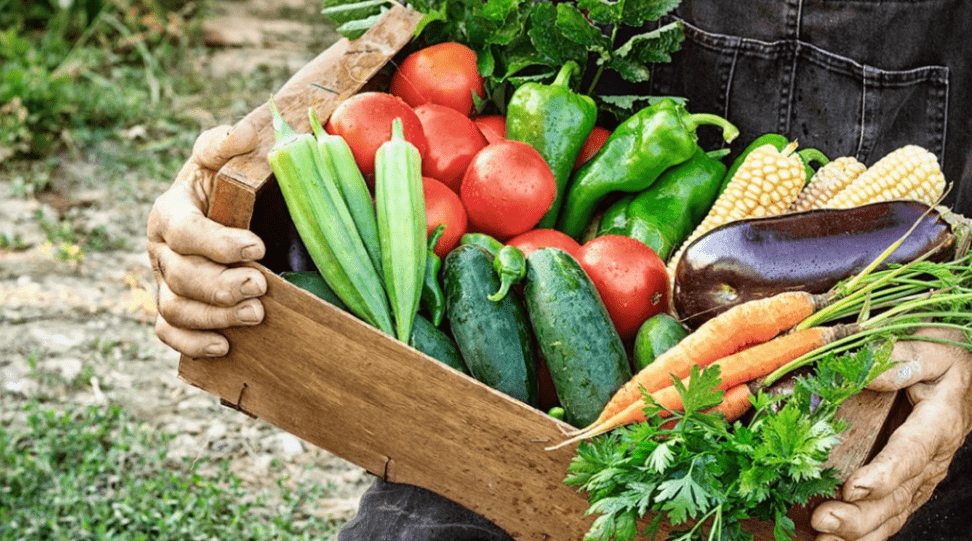
Discover the Best Summer Crops for Your Home Garden
Summer is the perfect time to get your hands dirty and start a home garden. Whether you have a green thumb or are just getting started, growing your own crops can be a rewarding and fulfilling experience. In this post, we’ll explore the best summer crops to grow in your home garden, providing tips and advice on how to care for and maintain these crops for a bountiful harvest. From tomatoes and cucumbers to peppers and zucchinis, we’ll cover it all. So grab your gardening gloves and let’s get started!
Table of Contents
TogglePlanning Your Summer Garden
A. Assessing Your Garden Space
Before you start planting, take some time to assess your garden space. Consider the size of your garden and the amount of sunlight it receives throughout the day. Different crops require different amounts of space and sunlight, so it’s important to plan accordingly.
1.Understanding soil types and preparation
It’s important to understand the soil type in your garden and to prepare it properly for planting. Different crops thrive in different soil types, so testing your soil and amending it as needed can help ensure a successful growing season. Adding organic matter, such as compost or aged manure, can improve soil structure and fertility, providing a healthy environment for your crops to grow
B. Climate Considerations
Consider the climate in your area when planning your summer garden. Some plants thrive in hot, dry conditions, while others prefer cooler, more moist climates. Research the specific needs of the crops you want to grow and choose varieties that are well-suited to your local climate.
C. Choosing the Right Crops
When selecting crops for your garden, it’s important to consider the size of your garden and the amount of sunlight it receives throughout the day. Different crops require different amounts of space and sunlight, so it’s important to plan accordingly. Additionally, consider the climate in your area and choose varieties that are well-suited to your local climate. By understanding soil types and preparing your soil properly, as well as considering climate considerations and choosing the right crops, you can set yourself up for a successful growing season.
Top Summer Crops for Your Garden
A. Tomatoes
Tomatoes are one of the most popular summer crops for home gardens. They thrive in warm climates and need plenty of sunlight to produce flavorful, juicy fruit. There are many different varieties of tomatoes to choose from, so be sure to select ones that are well-suited to your local climate and garden size. Tomatoes are versatile and can be used in a variety of dishes, making them a great addition to any summer garden.
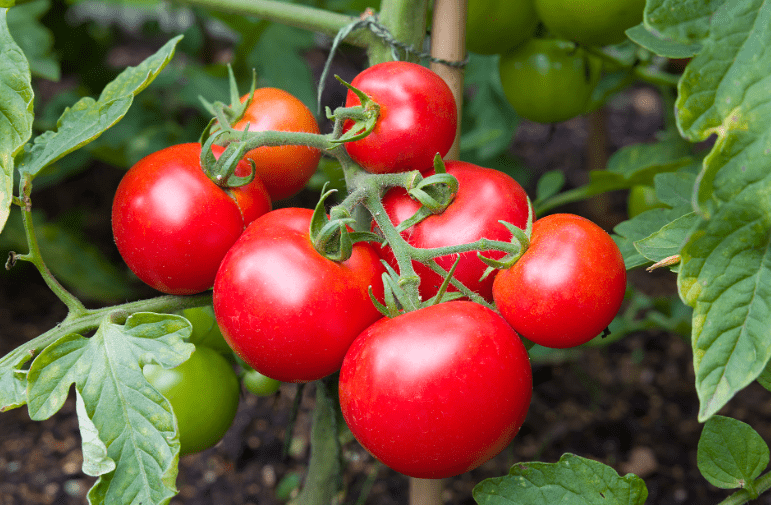
B. Cucumbers
Cucumbers are another great summer crop that thrives in warm climates. They need plenty of sunlight and well-drained soil to grow successfully. There are different varieties of cucumbers available, including slicing, pickling, and specialty varieties, so you can choose the best type for your garden. Cucumbers are a refreshing addition to salads and can also be pickled for a delicious snack. By selecting the right variety and preparing your soil properly, you can enjoy a bountiful harvest of cucumbers throughout the summer.
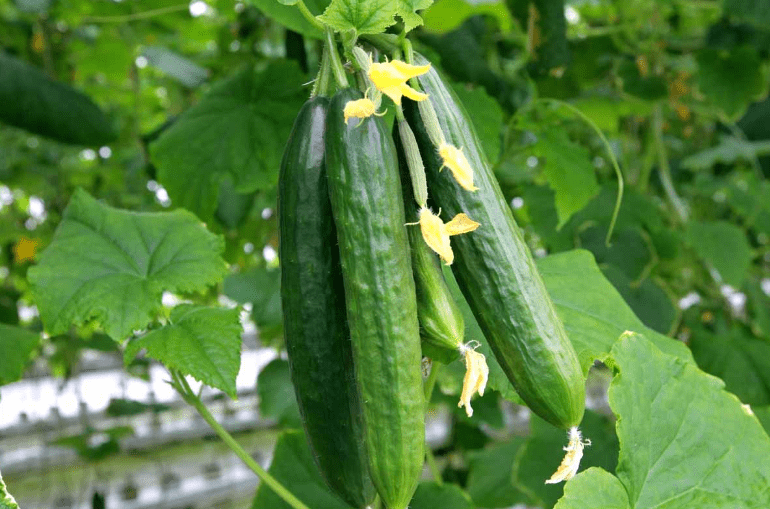
C. Peppers
Peppers are a versatile vegetable that can be grown in many different climates. They require plenty of sunlight and well-drained soil to thrive. There are many different varieties of peppers available, including sweet bell peppers, hot chili peppers, and specialty varieties. Peppers can be eaten raw, cooked, or pickled, making them a great addition to a variety of dishes. By choosing the right variety for your garden and providing the proper growing conditions, you can enjoy a plentiful harvest of peppers throughout the summer.
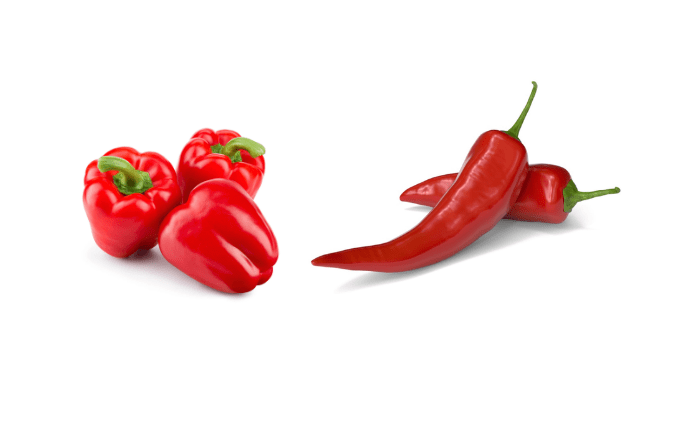
D. Squash and Zucchini
Squash and zucchini are both popular vegetables that are relatively easy to grow. They prefer warm, sunny conditions and well-drained soil. There are many different types of squash and zucchini, including yellow squash, zucchini, and pattypan squash. These vegetables can be eaten raw, sautéed, grilled, or used in baking. They are a great source of vitamins and minerals and can be a delicious addition to a variety of dishes. With the right care and conditions, you can enjoy a bountiful harvest of squash and zucchini throughout the growing season.
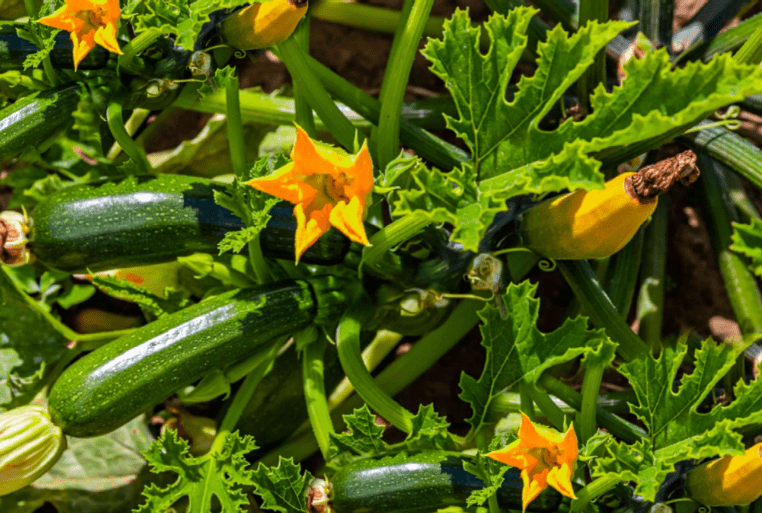
E. Beans
Beans are a versatile and nutritious vegetable that are relatively easy to grow. There are many different varieties of beans, including green beans, kidney beans, and black beans. They thrive in warm, sunny conditions and well-drained soil. Beans can be eaten fresh or dried and are a great source of protein, fiber, and essential nutrients. They can be boiled, steamed, sautéed, or added to soups and salads. With proper care and maintenance, you can enjoy a plentiful harvest of beans throughout the growing season.
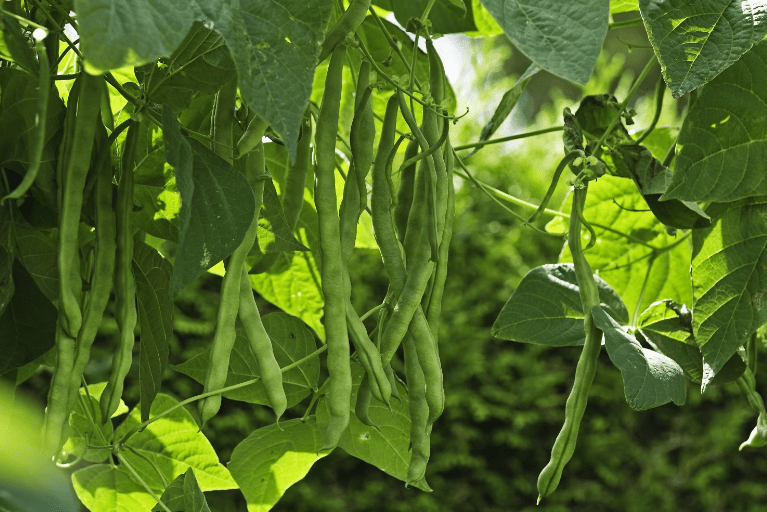
F. Corn
Corn is a staple crop that is grown worldwide and is a valuable source of food and feed for people and animals. It is a versatile grain that can be eaten fresh, dried, or processed into a variety of products such as cornmeal, corn flour, and corn oil. Corn requires warm temperatures and well-drained soil to thrive and can be planted in rows or in a block. It is an important source of carbohydrates, fiber, vitamins, and minerals. Corn can be boiled, grilled, roasted, or ground into flour for baking. With the right growing conditions and care, you can enjoy a bountiful harvest of tasty and nutritious corn.
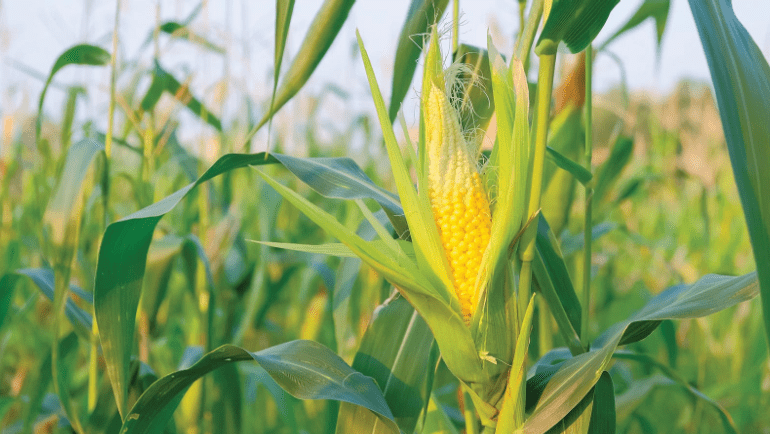
G. Eggplants
Eggplants are a type of vegetable that belong to the nightshade family and are known for their glossy, purple skin and spongy, white interior. They are a versatile ingredient in many cuisines and can be grilled, roasted, sautéed, or used in dishes such as ratatouille or eggplant parmesan. Eggplants are a good source of fiber, vitamins, and minerals, and are low in calories. They require warm temperatures and well-drained soil to thrive and are typically planted as seedlings in the garden. With the right care and attention, you can enjoy a bountiful harvest of delicious and nutritious eggplants.
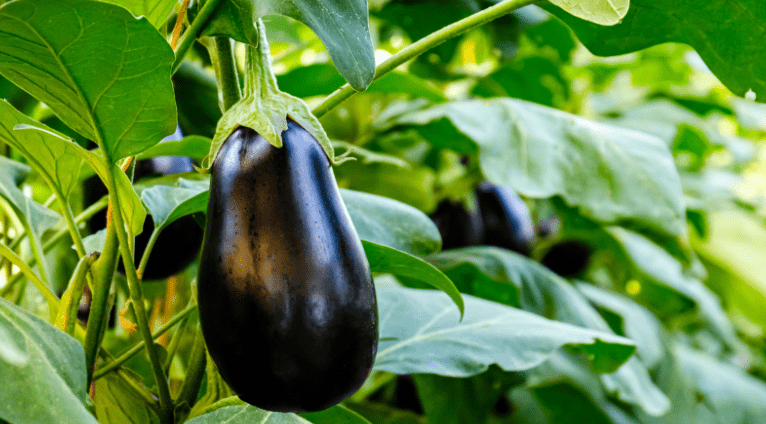
H. Herbs
Herbs are plants that are used for their aromatic leaves, seeds, or flowers in cooking, medicine, and for their fragrance in perfumes. Common herbs include basil, thyme, rosemary, and mint. They are often used to add flavor and aroma to dishes and can be used fresh or dried. Herbs are also known for their medicinal properties and are used in natural remedies and traditional medicine. They can be grown in gardens or in pots on a windowsill, and require well-drained soil, sunlight, and regular watering. With the right care, you can have a constant supply of fresh herbs to enhance your culinary creations and improve your overall well-being.
Preparing Your Garden for Planting
A. Soil Preparation
When preparing your garden for planting herbs, it’s important to start with well-drained soil. You can achieve this by adding organic matter such as compost or peat moss to improve the soil’s texture. It’s also important to test the pH level of the soil to ensure it is suitable for growing herbs. Most herbs prefer a slightly acidic soil with a pH level of around 6.0 to 7.0.
B. Garden Layout and Design
To have a successful garden, it’s important to carefully plan and design the layout. Consider the amount of sunlight and shade your garden receives throughout the day and arrange your crops accordingly. Make sure to leave enough space between plants to allow for proper air circulation and easy access for harvesting. You can also consider incorporating raised beds or container gardening to optimize space and create a visually appealing garden layout. Additionally, incorporating companion planting can help maximize the growth and health of your summer crops. By planting compatible crops together, you can naturally deter pests and encourage better growth. Overall, thoughtful garden layout and design can contribute to a successful and abundant harvest of summer crops.
C. Starting Seeds vs. Transplants
When deciding between starting seeds or using transplants for your summer crops, there are a few factors to consider. Starting seeds allows for a wider variety of plant options and can be more cost-effective, but it requires more time and attention to ensure successful germination and growth. Transplants, on the other hand, provide a head start in the growing process and can be easier for beginners, but they may limit your options for certain crop varieties. Ultimately, the choice between starting seeds or using transplants depends on your level of experience, the specific crops you want to grow, and the time and resources you have available. Both methods can be successful, so consider your individual needs and preferences when deciding how to begin your summer garden.
Planting and Growing Summer Crops
A. Planting Techniques
When planting summer crops, there are a few key techniques to keep in mind. First, make sure to prepare the soil by loosening it and adding any necessary amendments, such as compost or fertilizer. Next, consider the spacing and depth requirements for each type of crop to ensure optimal growth. It’s also important to water the plants consistently and provide adequate sunlight for photosynthesis. Additionally, consider using mulch to help retain moisture and control weeds. Lastly, be vigilant in monitoring for pests and diseases, and address any issues promptly. By following these planting techniques, you can increase the likelihood of a successful summer crop harvest.
B. Watering and Irrigation
When it comes to watering and irrigation for your summer crop, consistency is key. It’s important to provide a steady supply of water to your plants, especially during hot and dry periods. Make sure to water the plants at the base, near the roots, to avoid wetting the foliage which can lead to disease. Using a soaker hose or drip irrigation system can help ensure efficient and targeted watering. It’s also important to monitor the soil moisture levels and adjust your watering schedule accordingly. Remember to water in the morning or evening to minimize water loss through evaporation. With proper watering and irrigation, you can help your summer crops thrive and produce a bountiful harvest.
C. Fertilizing and Mulching
When it comes to fertilizing and mulching your plants, it’s important to provide the necessary nutrients and protection for healthy growth. Choose a fertilizer that is appropriate for the specific needs of your plants, whether it’s a balanced all-purpose fertilizer or one that is tailored to the needs of specific types of plants. Be sure to follow the instructions on the fertilizer packaging for application rates and frequency.
Mulching is also an important step in maintaining plant health. Mulch helps to retain moisture in the soil, suppress weeds, regulate soil temperature, and provide a barrier between the soil and potential disease-causing pathogens. Organic mulches such as wood chips, straw, or compost can also improve soil structure and fertility as they break down over time.
When applying mulch, make sure to leave a gap around the stem or trunk of the plant to allow for air circulation and avoid creating a damp environment that can promote disease. By fertilizing and mulching your plants properly, you can provide them with the essential nutrients and protection they need to thrive and produce a successful harvest.
Maintaining a Healthy Summer Garden
A. Pest and Disease Management
To maintain a healthy summer garden, it’s important to properly manage pests and diseases. Regularly inspect your plants for any signs of pest infestations or disease. If you notice any issues, take appropriate action to address them, whether it’s through natural or chemical means.
In addition to regular inspection, it’s important to encourage biodiversity in your garden to naturally control pests. Planting a variety of flowers and herbs can attract beneficial insects that help keep pest populations in check.
When it comes to disease management, proper watering and good air circulation are key. Avoid overwatering your plants, as this can create a damp environment that promotes disease. Prune your plants as needed to improve air circulation, and remove any diseased plant material to prevent the spread of illness.
By following these practices and staying proactive in managing pests and diseases, you can help your summer garden thrive and stay healthy.
B. Weed Control
Weed control is another important aspect of maintaining a healthy garden. Weeds can compete with your plants for resources such as water and nutrients, so it’s important to stay on top of them. Regular weeding can help prevent weeds from taking over and choking out your plants. Consider using mulch to help suppress weed growth and keep the soil moist. You can also use hand tools or organic weed controls to keep weeds in check. By incorporating these practices into your gardening routine, you can create a healthy and thriving garden environment.
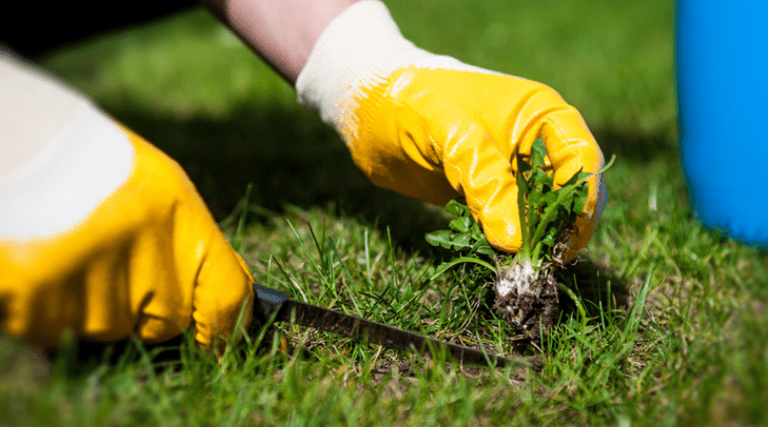
C. Pruning and Supporting Plants
Pruning and supporting plants is essential for promoting healthy growth and preventing damage. Pruning helps to remove dead or damaged branches, improve airflow, and shape the plant for better aesthetics. It also encourages new growth and flower production. Supporting plants such as tomatoes, cucumbers, and other tall or heavy crops helps prevent them from bending or breaking under their own weight. This can be done using stakes, cages, or trellises to provide the necessary support. By incorporating proper pruning and supporting techniques, you can help your plants reach their full potential and produce a bountiful harvest.
Harvesting and Storing Summer Crops
A. When to Harvest
Summer crops should be harvested when they are at their peak ripeness. This is typically indicated by the color, size, and texture of the fruit or vegetable. For example, tomatoes should be picked when they are fully red and soft to the touch, while cucumbers should be harvested before they become too large and bitter. It’s important to check the specific requirements for each crop, as harvesting times can vary. Once harvested, it’s best to store summer crops in a cool, dry place to extend their shelf life. Keeping them in a well-ventilated area and away from direct sunlight can help preserve their flavor and quality.
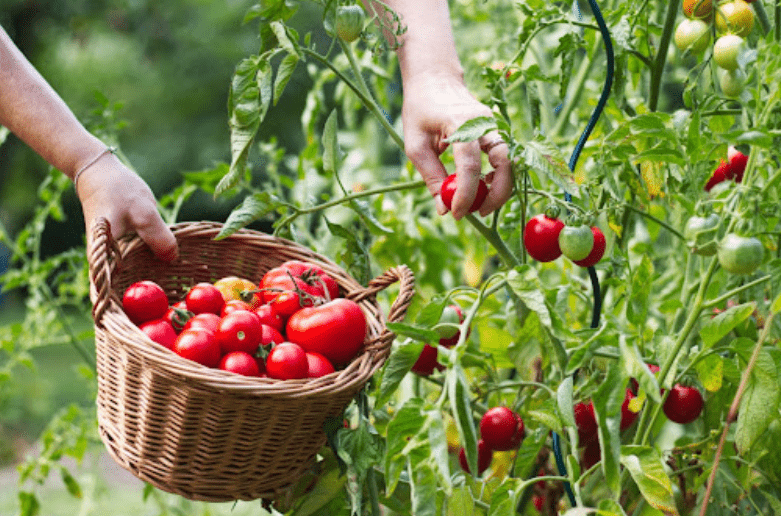
B. Harvesting Techniques
Harvesting techniques can vary depending on the crop, but there are some general tips to keep in mind. For fruits and vegetables, it’s best to use a sharp knife or scissors to cut the plant rather than pulling or twisting the produce off. This helps to avoid damaging the plant and ensures that the crop is harvested at its peak. For larger crops like melons or squash, it’s helpful to use a pair of pruning shears to cut the stem rather than trying to break it off by hand. It’s also important to handle the harvested crops with care to prevent bruising or damage. Following these techniques can help to ensure a successful and bountiful harvest.
C. Storing and Preserving Your Harvest
Storing and preserving your harvest is an important step to make the most of your hard work. It’s best to store fruits and vegetables in a cool, dark, and well-ventilated space to help prolong their shelf life. Some crops, like potatoes and onions, require specific storage conditions to prevent them from spoiling. It’s also important to check for any signs of spoilage or rot regularly and remove any affected produce to prevent it from spreading to the rest of your harvest. Preserving techniques such as canning, freezing, or drying can also help extend the shelf life of your harvest and allow you to enjoy your fruits and vegetables throughout the year. It’s important to follow proper preservation methods to ensure the safety and quality of the preserved foods. By taking the time to store and preserve your harvest properly, you can enjoy the fruits of your labor for months to come.
Tips for a Successful Summer Garden
A. Regular Monitoring and Maintenance
Regular monitoring and maintenance of your garden are essential for a successful summer harvest. This includes checking for pest infestations, watering your plants regularly, and ensuring proper sunlight and temperature levels for your crops. By staying on top of these tasks, you can help your garden thrive and produce a bountiful harvest.
B. Dealing with Extreme Weather
Extreme weather conditions, such as heat waves or heavy rainfall, can have a significant impact on your summer garden. It’s important to be prepared and have strategies in place to protect your plants from these conditions. This could involve providing shade or shelter during extreme heat, or using raised beds or proper drainage systems to prevent waterlogging during heavy rain. By being proactive and taking steps to protect your garden from extreme weather, you can help ensure the success of your summer harvest.
C. Succession Planting
Succession planting is a gardening technique where you plant new crops in the same space as soon as the previous crop is harvested. This allows you to maximize the use of your garden space and extend your harvest throughout the season. By staggering the planting of crops, you can ensure a continuous supply of fresh produce and make the most of your growing season. This can be particularly beneficial for crops with a short harvest window, such as lettuce or radishes. By implementing succession planting in your garden, you can enjoy a steady supply of fresh vegetables all summer long.
In conclusion, the best summer crops for your home garden will depend on your location, climate, and personal preferences. Some popular options include tomatoes, cucumbers, peppers, and herbs like basil and mint. It’s important to research and plan ahead to ensure a successful harvest. Remember to consider factors like sunlight, water, and soil quality when choosing and caring for your summer crops. Happy gardening!
Frequently Asked Questions (FAQs)
Some of the best summer crops for a home garden include tomatoes, peppers, cucumbers, zucchini, squash, and beans. These crops thrive in the warm weather and can be easily grown in a home garden.
Before planting your summer crops, it’s important to prepare the soil by adding compost and ensuring proper drainage. You should also consider the amount of sunlight your garden receives and plant accordingly.
Summer crops require regular watering, especially during hot weather. It’s also important to monitor for pests and diseases and take appropriate measures to protect your plants. Additionally, some crops may require support or trellising as they grow.
Tomatoes and peppers thrive in warm weather and require plenty of sunlight. It’s important to provide support for tomato plants as they grow and to keep an eye out for common pests and diseases. Peppers also benefit from consistent watering and proper spacing.
Yes, many summer crops can be grown in containers, including tomatoes, peppers, and cucumbers. Make sure to use a quality potting mix and provide adequate space for the plants to grow.
The best time to plant summer crops varies depending on your location, but generally, it’s best to wait until after the last frost date in your area. This will ensure that your plants are not damaged by cold temperatures.
To maximize your yield, make sure to provide adequate nutrients through fertilization, proper watering, and regular maintenance. Additionally, consider succession planting to ensure a continuous harvest throughout the summer.
Some low-maintenance summer crops include zucchini, squash, and beans. These plants are relatively easy to grow and require minimal care once established.
